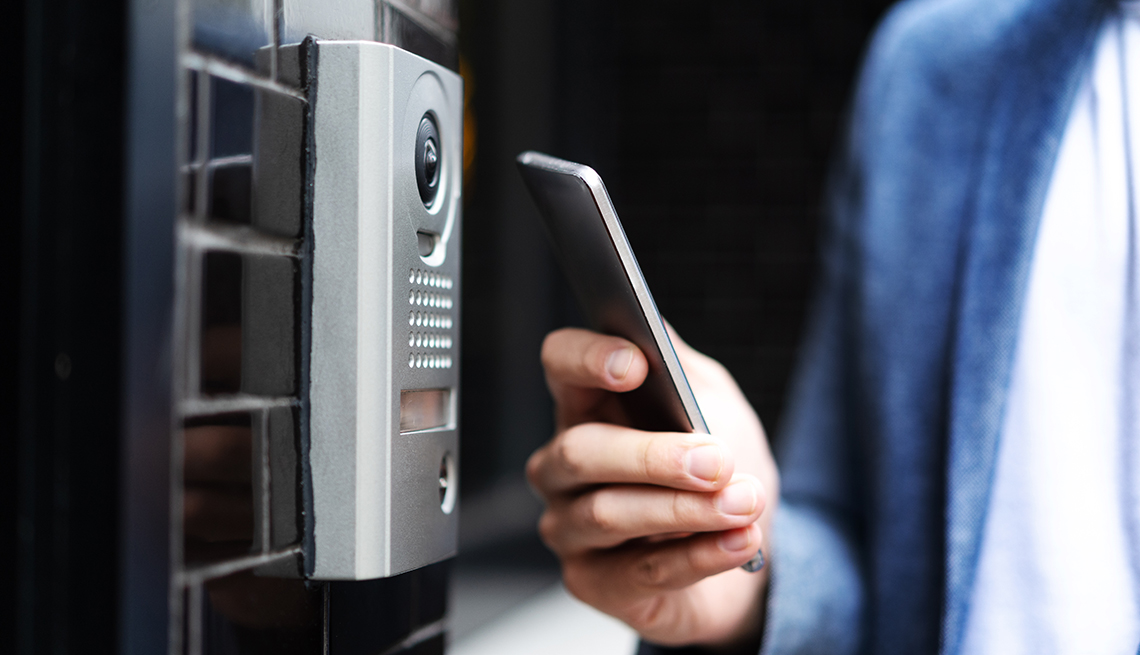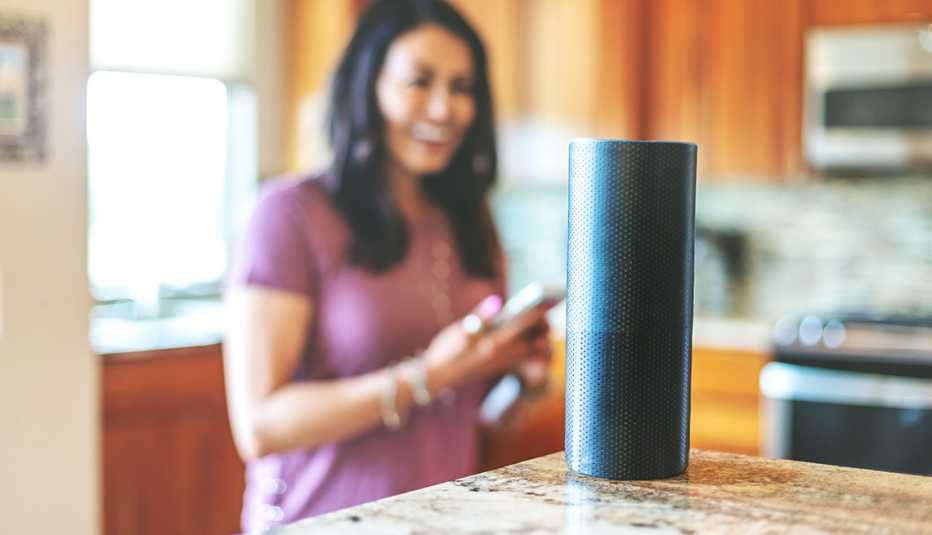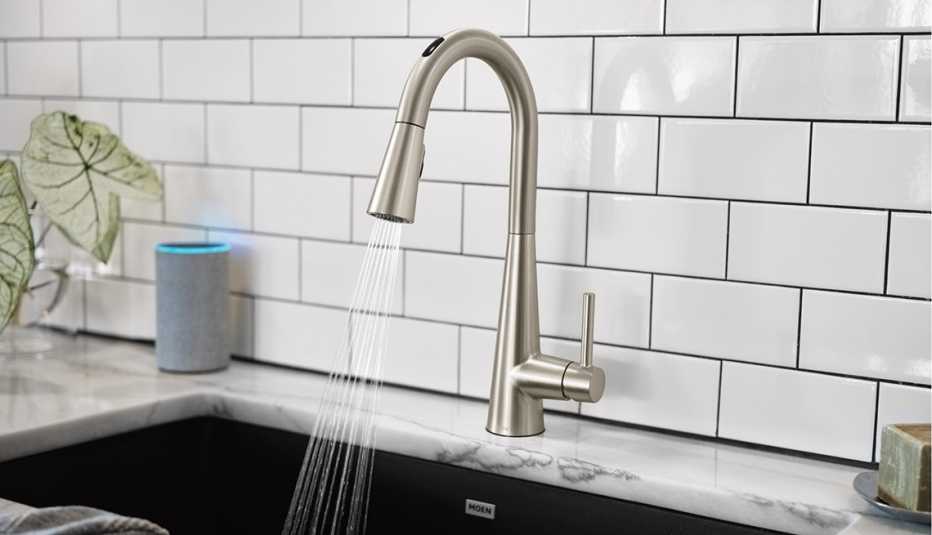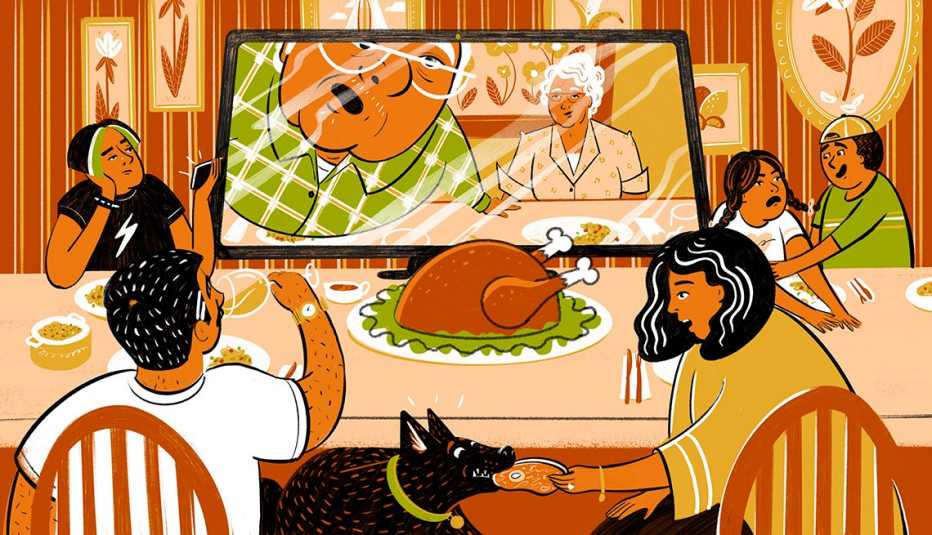Staying Fit
Tired of washing your hands incessantly? Sick of coming up with creative ways of avoiding touching things — using your shirt sleeves, rubber gloves or strange gadgets like the Grip Guard?
How about not touching things in the first place?
That's the premise of touchless technologies. Widely touted as a way to limit the spread of bacteria and viruses like the novel coronavirus, these products offer another significant benefit for consumers: convenience.


AARP Membership— $12 for your first year when you sign up for Automatic Renewal
Get instant access to members-only products and hundreds of discounts, a free second membership, and a subscription to AARP the Magazine.
Touchless faucets let you wash your hands after handling raw meat without sullying the handle. Touchless door locks let you in when your hands are full or if you don't want to stand there feeling vulnerable while you search for your keys. And using voice-recognition tech in smart ways can mean fewer surfaces to clean.
Touchless faucets: Go with the flow
Touchless kitchen faucets such as those from Kohler and Moen work seamlessly and reliably. They don't wear out, and they shut off automatically to save water. Better still, most can be installed by do-it-yourselfers.
There is a wide variety of styles to choose from to match your kitchen hardware. Kohler, for example, has about a half dozen models that cost about the same as premium non-touchless models, starting about $400 (less at big-box retailers).
Hands-free fixtures use a motion sensor, usually situated in the side of the faucet. Simply pass your hand across it and the water flows. To turn it off, wave at the sensor again. They come with a single handle, typically at the side, that you can use to set the temperature (and that any visitors unfamiliar with your high-tech faucet can use to turn it on and off).





































































